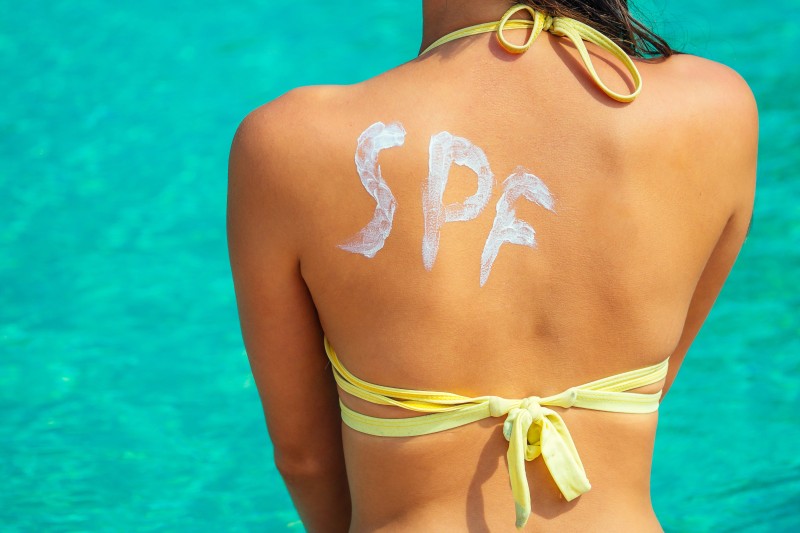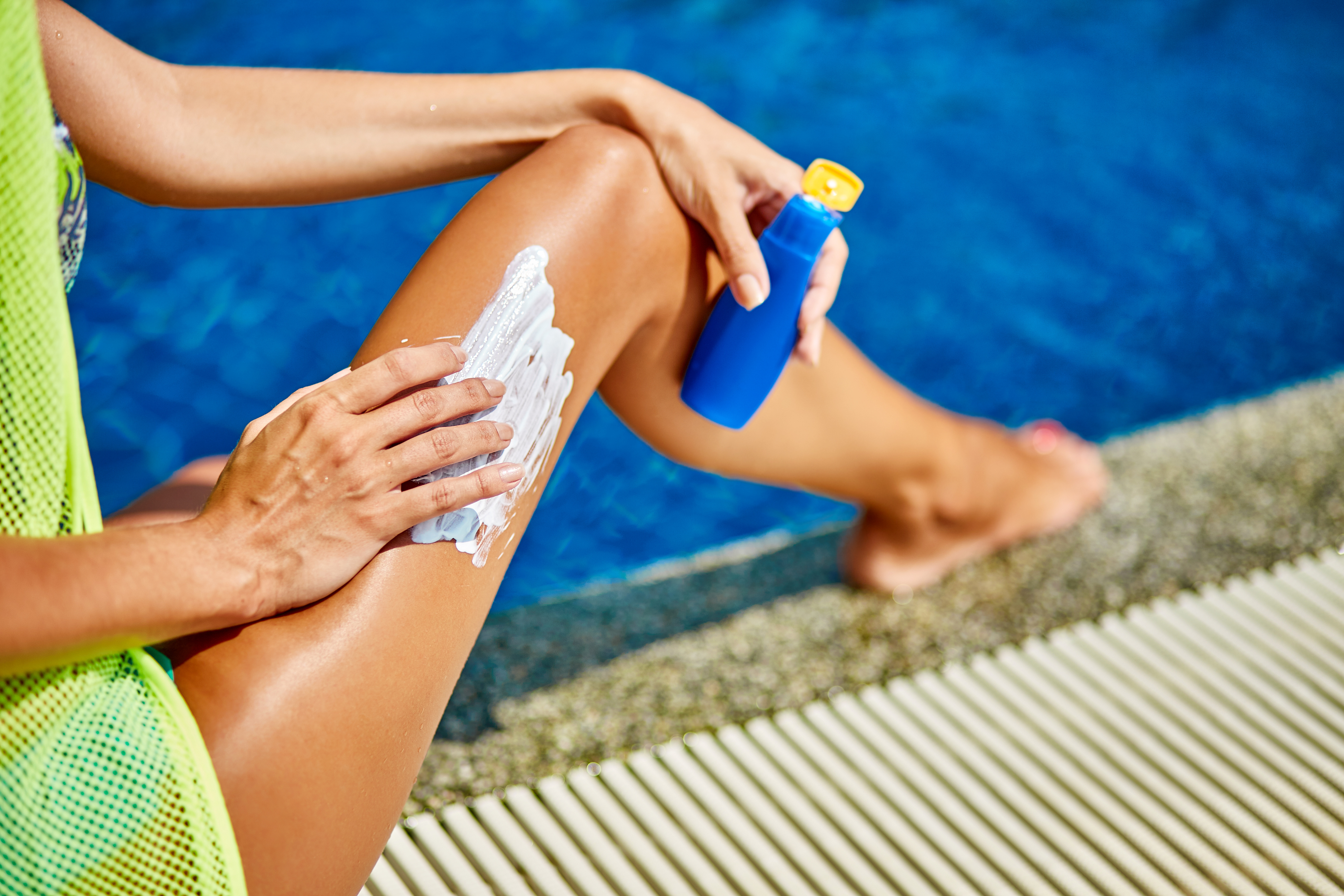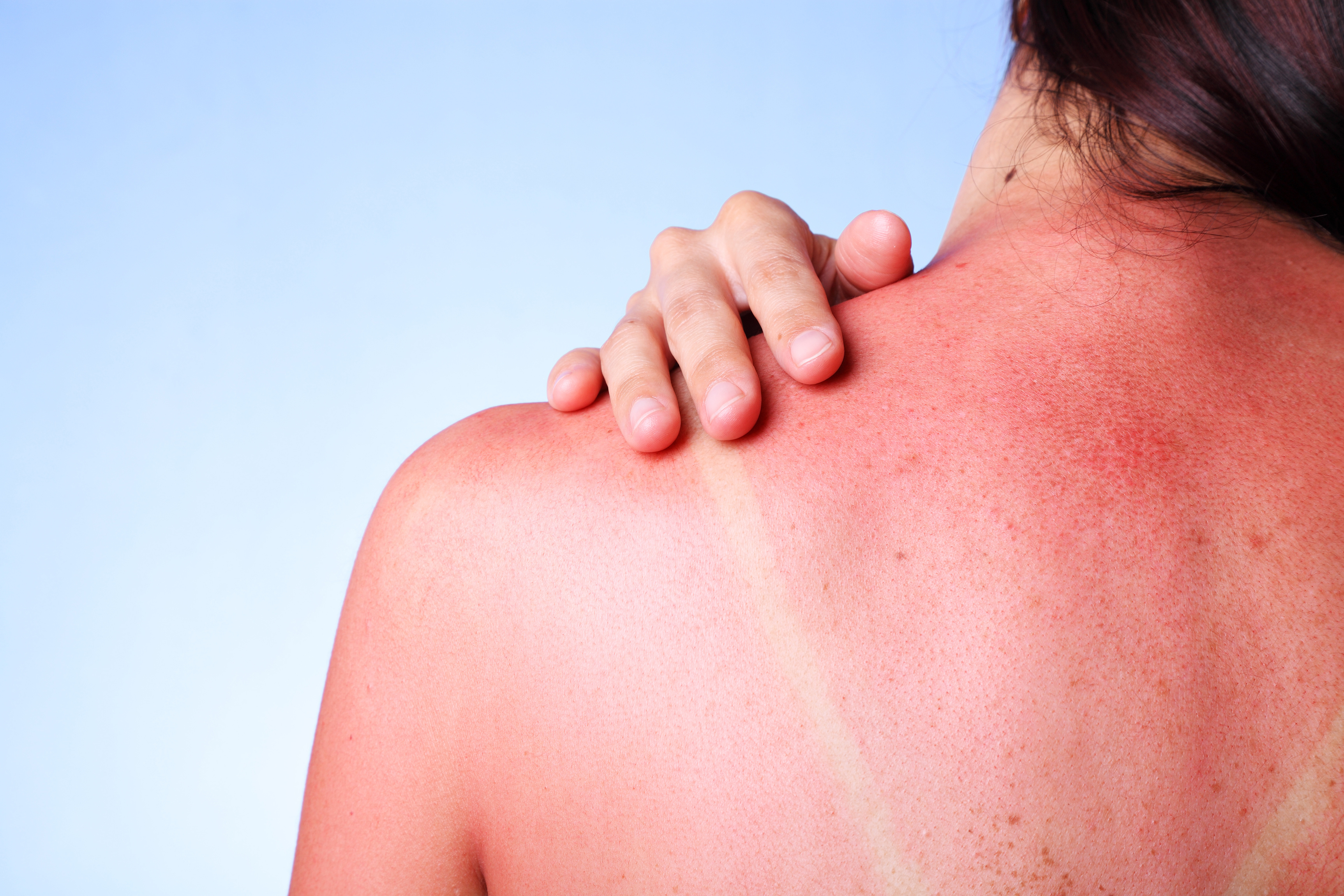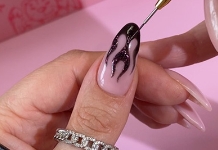Apply high SPF thickly for best protection, say scientists

New research has shown that our skins aren't getting as much sun protection from SPF products as we might think. A team at King's College London have found that SPF50 applied in a typical way delivers, at best, just 40% of the UV protection we might expect.
In the first experiment of its kind, scientists looked at the DNA damage caused to skin by ultraviolet rays when SPF is applied at the manufacturers' recommended application thickness of 2mg/cm2. According to the American Academy of Dermatology, we should be using around a shot glass full of SPF product to cover the entire face and body. DNA damage, which is often visible as sunburn, can build up over time and cause melanoma.
During the trial, 16 volunteers were split into two groups. One group received a single exposure to ultraviolet rays on areas where a high SPF product had been applied in varying thicknesses, ranging from 0.75mg, through 1.3mg up to 2mg/cm2. The second group were exposed to UV rays on five consecutive days, mimicking sun exposure one might experience on holiday. UV exposure was varied in order to replicate the conditions of holiday destinations such as Brazil, Florida and Tenerife.
Biopsies of the skin were then taken, which showed that, for the group who were repeatedly exposed to UV rays, DNA damage was considerable on the areas that had not received sun protection, even on those areas that had been exposed to a low dose of UV. When an SPF was applied at a thickness of 0.75mg/cm2, DNA damage was reduced, and considerably reduced when SPF was applied at a thickness of 2mg/cm2, even on the areas where a much higher dose of UV had been experienced.
The tests showed that, across all samples, skin exposed to a high dose of ultraviolet rays for five days with the use of sunscreen applied at 2mg/cm2 resulted in significantly less DNA damage than skin exposed to just a single day of low UV exposure without the use of an SPF.
The results of the study have been published in the journal
Acta Dermato-Venereology.

“There is no dispute that sunscreen provides important protection against the cancer causing impact of the sun's ultra violet rays. However, what this research shows is that the way sunscreen is applied plays an important role in determining how effective it is.
“Given that most people don't use sunscreens as tested by manufacturers, it's better for people to use a much higher SPF than they think is necessary.”
Nina Goad of the British Association of Dermatologists, adds:
“This research demonstrates why it's so important to choose an SPF of 30 or more. In theory, an SPF of 15 should be sufficient, but we know that in real-world situations, we need the additional protection offered by a higher SPF.
“It also shows why we shouldn't rely on sunscreen alone for sun protection, but we should also use clothing and shade. An extra consideration is that when we apply sunscreen, we are prone to missing patches of skin, as well as applying it too thinly.”

Professor Steven Roberts, from Washington State University School of Molecular Biosciences, explains:
"UV-induced DNA damage is the major risk factor for melanoma, and DNA repair is a vital first line of defense against DNA damage to prevent mutations and cancer [sic]. These pivotal results establish a fundamental research tool in cancer research and confirms we are on the correct course to further discovery by mapping UV damage in human cells."





-11752.png)


